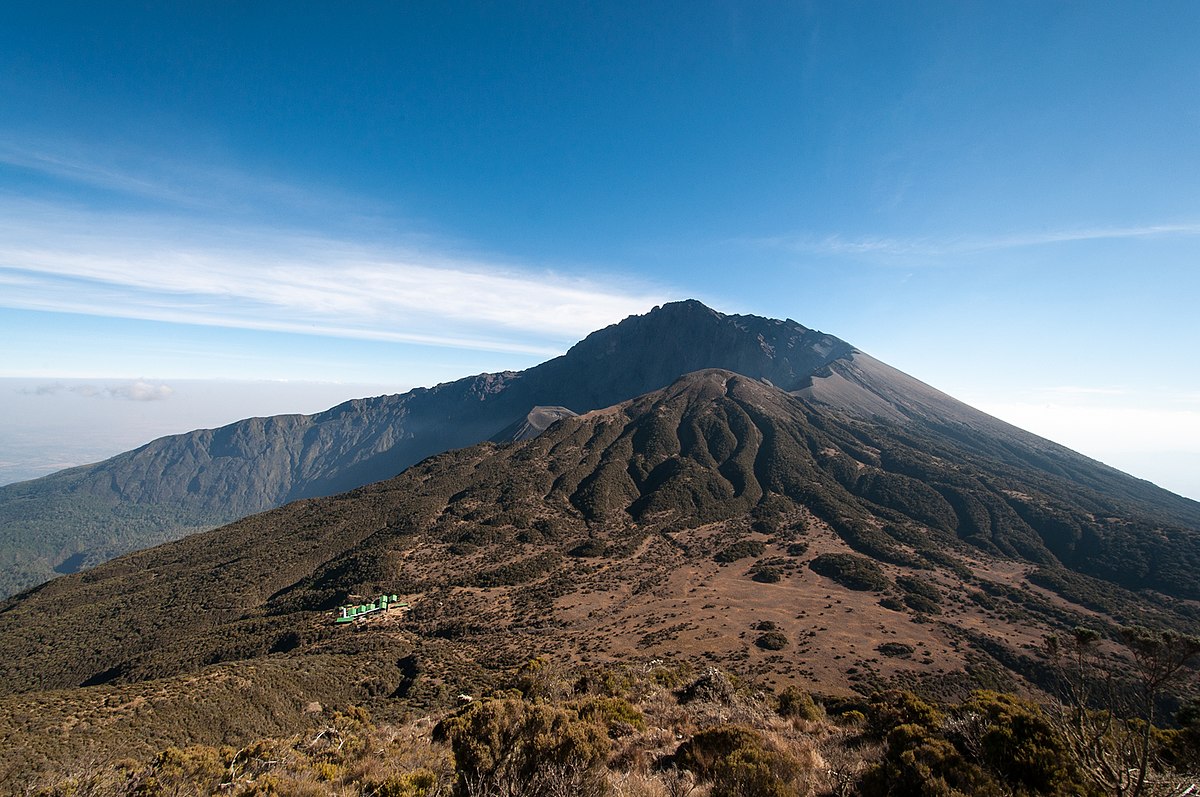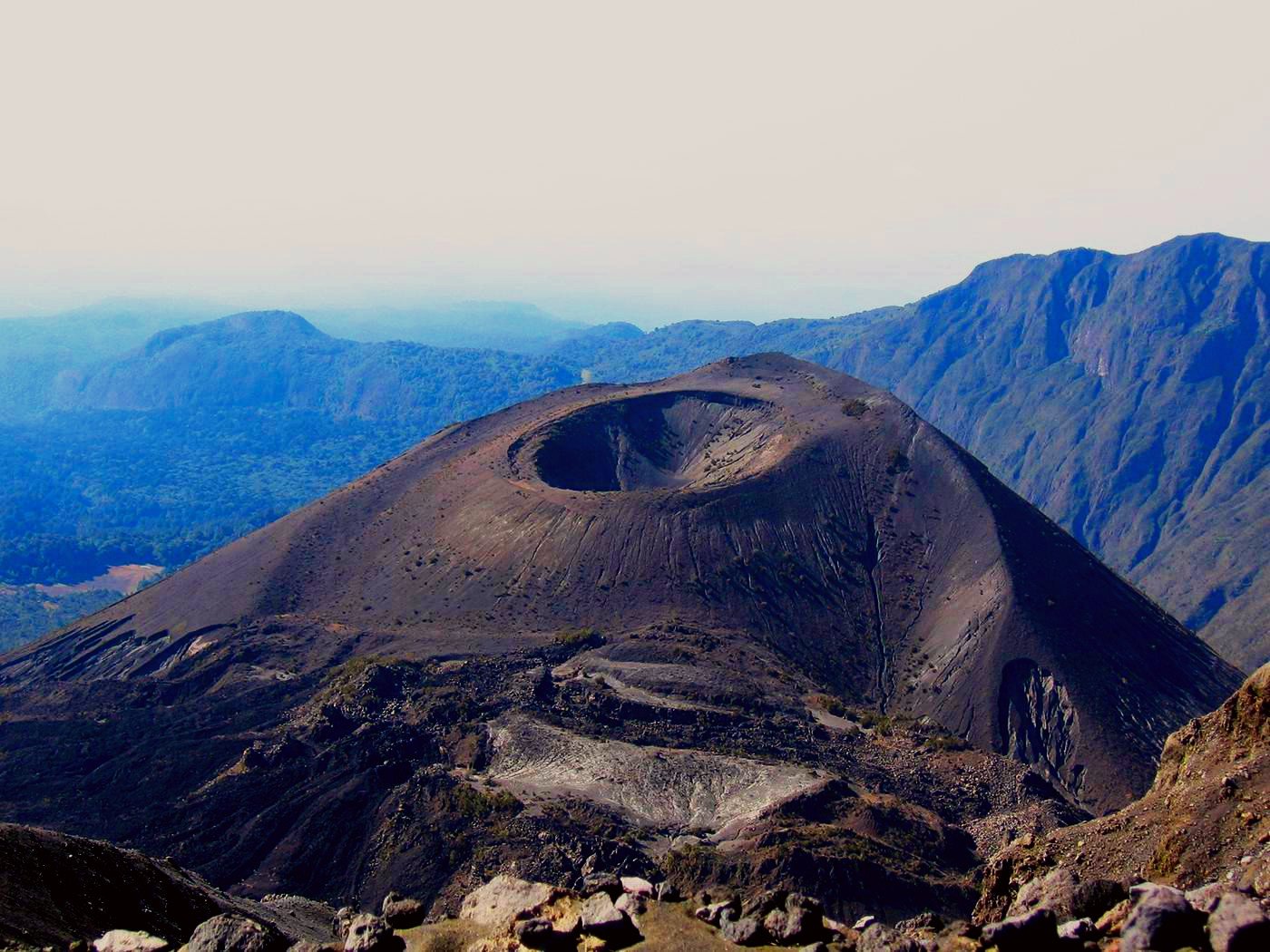Hiking and Climbing Adventures in Tanzania
----
Mountain climbing in Tanzania offers an unforgettable adventure through some of Africa’s most stunning landscapes. The country is home to Mount Kilimanjaro, Africa’s highest peak at 5,895 meters, attracting climbers from around the world. Trekkers can choose from several routes, each offering unique scenery, from lush rainforests and alpine meadows to icy glaciers near the summit.
Beyond Kilimanjaro, Mount Meru in Arusha National Park provides a challenging yet rewarding climb with breathtaking views of Kilimanjaro and abundant wildlife along the trail. For those seeking more rugged experiences, the Usambara and Udzungwa Mountains offer scenic treks through remote villages and tropical forests.
Tanzania’s mountain climbing combines physical challenge with cultural richness, as climbers encounter local guides, porters, and vibrant communities. Whether summiting Kilimanjaro or exploring lesser-known peaks, Tanzania promises an inspiring journey of endurance, discovery, and natural beauty.
What to Expect on a Mountain Climbing in Tanzania?
On a mountain climb in Tanzania, you can expect varied and challenging conditions. Including diverse climate zones with drastic temperature shifts from hot and humid to cold, the risk of altitude sickness, and strenuous physical exertion, especially on summit day. Proper gear, physical fitness, and mental preparation are essential for a successful and safe trip.
How to Prepare for a Mountain Climbing Adventure?
To prepare for mountain climbing, focus on physical training. Including cardiovascular and strength exercises, and practice hiking with a weighted pack to build endurance. Essential preparation also includes researching the route and weather, getting the right gear, planning for nutrition and hydration, and learning basic first aid. Proper acclimatization and understanding your limits are crucial for safety and success.
A Beginner’s Guide to Mountaineering
To start mountaineering, beginners should first build physical fitness and gain basic skills through training and courses from guides. Next, choose a manageable beginner-friendly mountain and research it thoroughly, gathering the correct gear such as a helmet, harness, and crampons. Finally, create a detailed plan that includes travel, route details, and weather, and pack essential items like navigation tools, food, water, and a first-aid kit.
Where to go on Mountain Climbing in Tanzania?

Climbing Kilimanjaro: Everything a Beginner Needs to Know
To prepare for climbing Kilimanjaro, beginners should focus on slow and steady acclimatization. Stay well-hydrated, choose a longer route like Machame or Lemosho, and train with cardiovascular and strength exercises. Packing layers of appropriate clothing, listening to your body for symptoms of altitude sickness, and booking with a reputable tour operator are also critical steps for success and safety.
What to Expect when Climbing Kilimanjaro?
Climbing Kilimanjaro involves a multi-day trek through five climate zones. Experiencing drastic temperature changes from hot at the base to below-freezing at the summit, and unpredictable weather. Expect physically demanding days, especially the summit night, and the challenges of altitude sickness, basic camp conditions, and needing proper gear for both heat and extreme cold. Daily routines typically involve early starts, hiking, and setting up camp in the afternoon, one of the beginner’s guides to climbing Mount Kilimanjaro.
When is the best time to climb Mount Kilimanjaro?
The best time to climb Kilimanjaro is during the two dry seasons: mid-June to October and December to March. These periods offer clear skies, dry trails, and more predictable weather. Making the climb safer and more enjoyable. For fewer crowds, consider January, February, or the less busy part of the June to October season. Though the longer dry season from June to October is the busiest due to favorable conditions and northern hemisphere summer holidays.
How Long Does it Take to Climb Mount Kilimanjaro?
Climbing Mount Kilimanjaro typically takes five to nine days, depending on the route. The duration includes acclimatization days, which are crucial for a successful ascent. Shorter routes like the Marangu are about five to six days. While longer routes like the Lemosho or Northern Circuit take seven to nine days and offer better acclimatization.
Is climbing Mount Kilimanjaro worth it?
Yes, climbing Mount Kilimanjaro is widely considered worth it for those seeking personal achievement, stunning natural beauty, adventure, and a unique cultural experience. While the physical and financial cost is significant, the sense of accomplishment, lifelong memories, and breathtaking scenery are often described as invaluable.
How Much Does it Cost to Climb Kilimanjaro?
A Mount Kilimanjaro climbing trip can cost anywhere from approximately $2,500 to over $10,000 per person, depending on the operator, route, and level of luxury. Budget-friendly packages can cost under $2,500. While standard packages range from $2,500 to $4,000, and luxury packages often exceed $5,000. Costs include park fees, guides, porters, food, and accommodation, with other factors like gear, flights, visas, and tips being additional expenses.
Kilimanjaro Packing List: Comprehensive Gear Guide
A comprehensive Kilimanjaro packing list includes a duffel bag (65-100L) and a 35-50L backpack for gear, plus essential clothing like a warm sleeping bag. Layers (base, mid, and outer layers), a waterproof jacket and pants, and warm gloves. Don’t forget the ultimate Kilimanjaro packing list key accessories. Such as trekking poles, a headlamp, water bottles or a hydration pack, a first-aid kit, and sun protection like high-factor sunscreen and sunglasses.
Mount Kilimanjaro Route, Itinerary, Map, Weather
Mount Kilimanjaro offers several routes, including Marangu, Machame, Lemosho, Rongai, and Northern Circuit, each varying in scenery and difficulty. Typical itineraries last 5–9 days, allowing gradual acclimatization. Maps highlight routes starting from different park gates converging at Uhuru Peak (5,895m). Weather varies by altitude—warm at base, cold and icy near the summit. The best climbing seasons are January–March and June–October, offering clear skies and stable conditions for a successful ascent.
What it’s like to climb Tanzania’s Mount Kilimanjaro?
Climbing Tanzania’s Mount Kilimanjaro is a journey from tropical forests to icy summits, offering breathtaking scenery and personal triumph. Trekkers pass through five distinct climate zones, from lush rainforest to alpine desert and glacier. The ascent tests endurance more than technical skill, with altitude posing the greatest challenge. Reaching Uhuru Peak, Africa’s highest point, rewards climbers with sweeping sunrise views and an overwhelming sense of accomplishment, making it a truly life-changing adventure.

Mount Meru Climbing Tours
Mount Meru Climbing Tours offers an exhilarating adventure experience, guiding trekkers to the summit of Mount Meru in Tanzania. Known for its stunning landscapes, diverse wildlife, and challenging routes, the tour provides an unforgettable encounter with nature. Suitable for experienced climbers, the ascent typically takes 2-3 days. Expert guides ensure safety and support throughout the journey, making Mount Meru Climbing Tours a perfect choice for thrill-seekers and nature lovers alike.
What to expect from Mount Meru Climbing Tours?
Mount Meru climbing tours offer a challenging, multi-day trek through diverse landscapes in Arusha National Park, with unique opportunities for wildlife viewing. You can expect to see giraffes, buffalo, and monkeys, sleep in mountain huts, and experience stunning views of the crater and distant Mount Kilimanjaro. The climb is non-technical but physically demanding, typically completed in 3-4 days, and is generally less crowded than Kilimanjaro.

Mount Meru Climbing Tours Route, Itinerary, Map, Weather
Mount Meru Climbing Tours offer a challenging trek through Tanzania’s Arusha National Park. The route typically spans 3-4 days, with a detailed itinerary involving acclimatization and summit attempts. The trail features lush forests, wildlife, and alpine landscapes. A detailed map guides trekkers through key points. Weather varies; temperatures can drop below freezing at the summit, with the best climbing conditions during June to September. Proper gear and acclimatization are essential for success.
How to book a Mount Meru Climbing Tours?
To book a Mount Meru climbing tour, research reputable tour operators online, compare packages, and check reviews. Contact your preferred company via email or phone to inquire about availability, costs, and inclusions. Provide necessary personal details and choose your preferred dates. Confirm the booking with a deposit or full payment, and receive your itinerary and permits. Prepare accordingly, and get ready for an adventurous climb!
What to Pack for a Mount Meru Climbing Tours?
When packing for Mount Meru climbing tours, bring sturdy hiking boots, layered clothing for varying temperatures, a waterproof jacket, gloves, hat, and sunglasses. Don’t forget essentials like a sleeping bag, headlamp, water bottles, high-energy snacks, sunscreen, and a first aid kit. Lightweight, durable gear and personal items such as a camera and toiletries are also important. Proper preparation ensures safety and comfort on this challenging adventure.
How Much does a Mount Meru Climbing Tours cost?
A night game drive in Tanzania typically costs between $650 and $2000 per person, depending on the tour operator and group size, and does not include park entry fees and ranger fees, which are an additional $59 per person for the night drive permit and for a ranger fee in places like Lake Manyara. Some lodges and tour operators charge a flat rate that can be higher to cover these costs, with prices ranging from $75 to $200 per person.
Mount Meru Climbing Tour Reviews
Mount Meru climbing tours are generally well-regarded, with reviewers frequently highlighting the stunning views, diverse landscapes, and the expertise of the guides and crew. Many consider it a challenging but rewarding trek and an excellent preparation climb for Mount Kilimanjaro due to its technical sections and acclimatization benefits. Safety, professional guides, and the opportunity to see wildlife like giraffes are common points of praise.
Mountaineering, mountain climbing, or alpinism is a set of outdoor activities that involves ascending mountains. There are thousands of mountains in the world, all with their own unique terrain, their own challenges and excitements.
